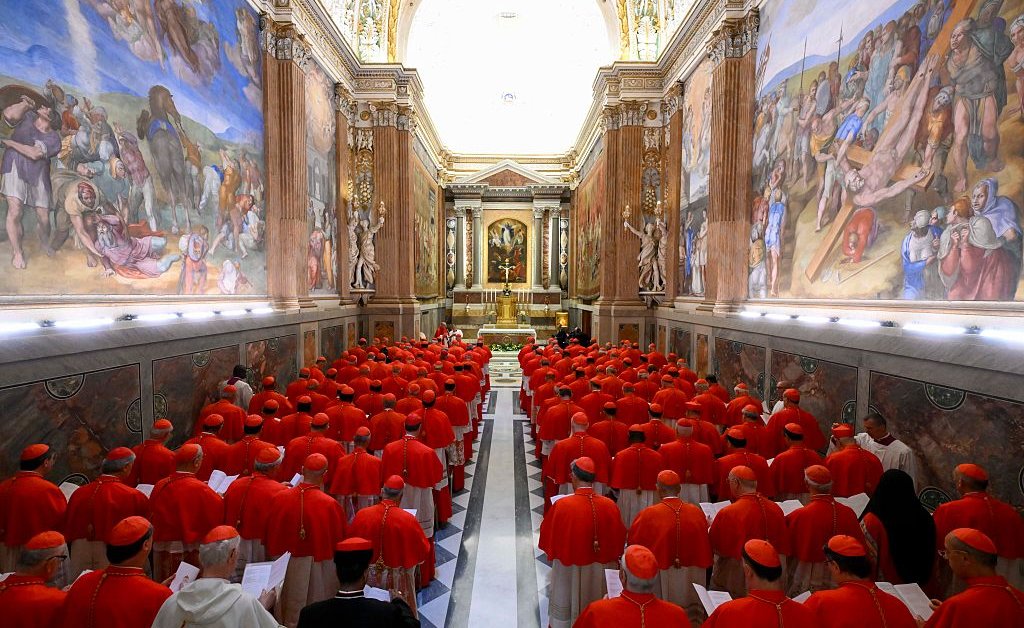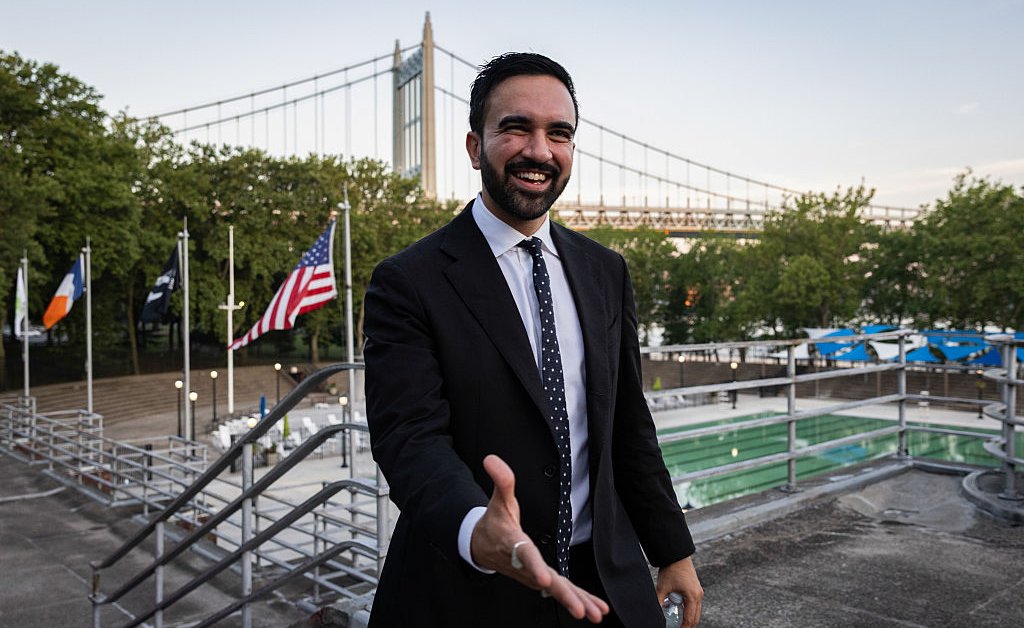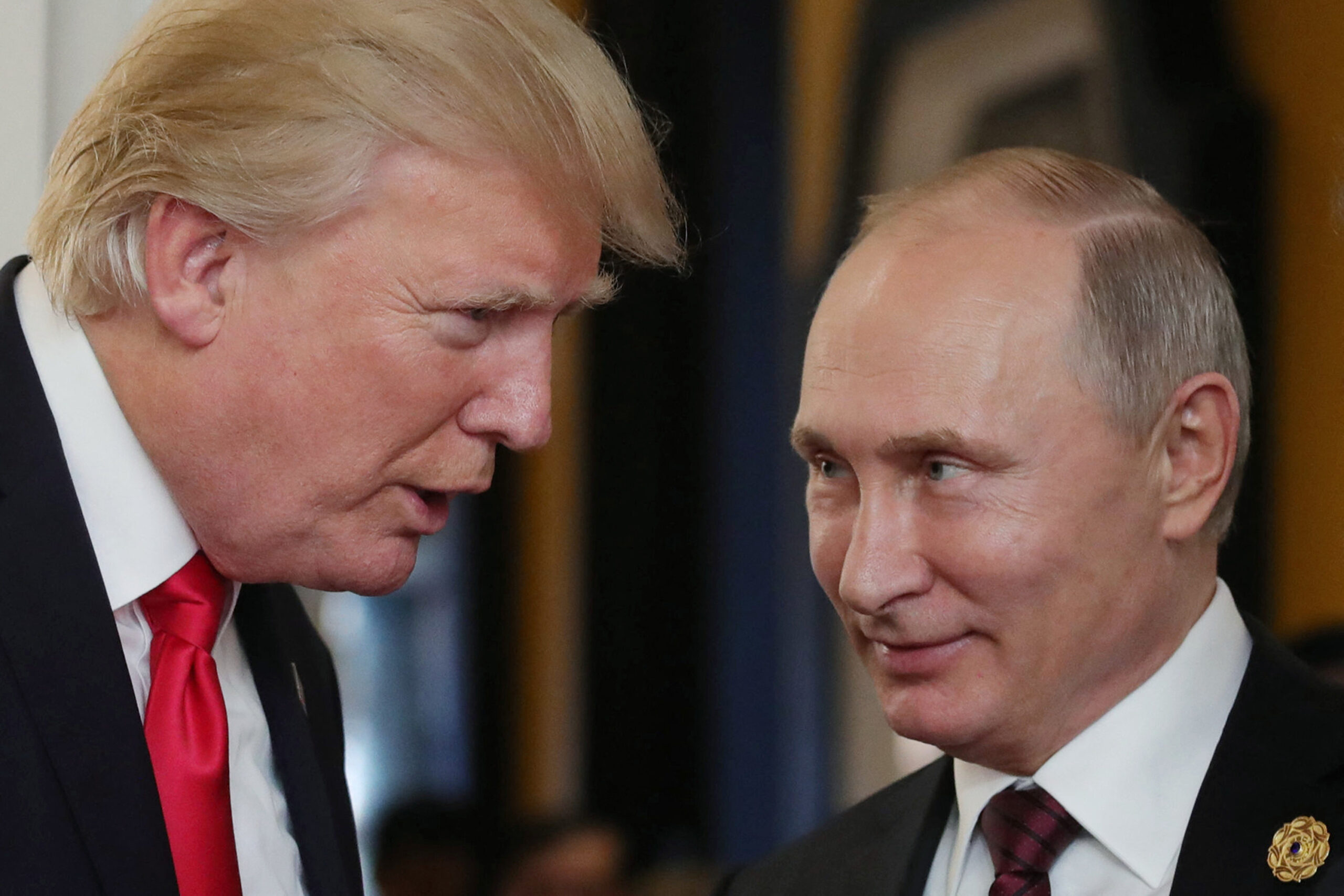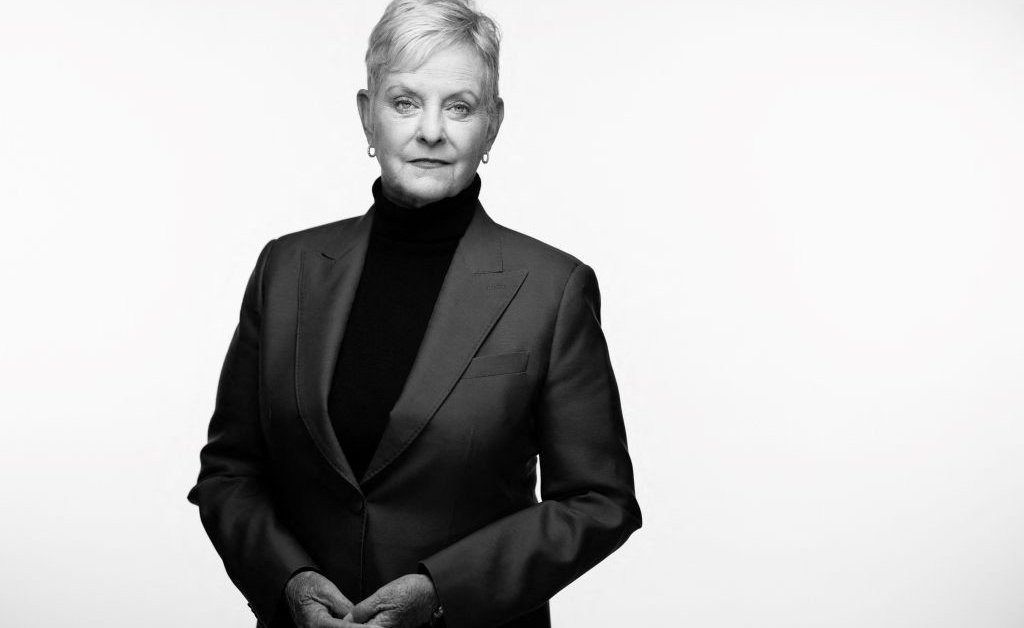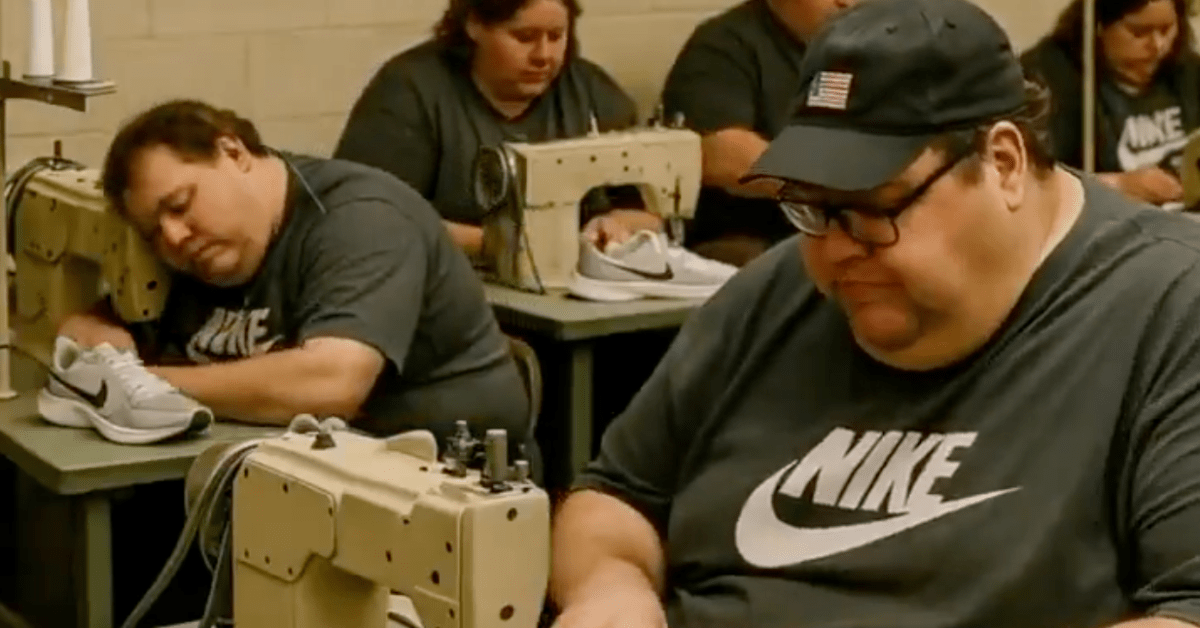On Thursday, the cardinals gathered in Rome to choose the new leader for 1.4 billion Catholics. Now, following the sighting of white smoke from the Sistine Chapel’s chimney, the announcement of a new Pope is expected shorty.
Meanwhile, the Catholic Church once again stands at a crossroads. The animating question facing the conclave was whether the cardinals want the Church to continue in the direction of a broader, more capacious understanding of the faith as articulated by Francis, or will they revert to the conservative, more traditionalist ways of his predecessors, John Paul II and Benedict XVI.
The Church has stood at similar crossroads several times in the modern era.
From 1545 to 1560, the Council of Trent met to determine the Church’s response to the Protestant Reformation. Martin Luther, an Augustinian friar prior to his excommunication in 1520, had pointed out the corruptions of medieval Catholicism and emphasized the doctrine of justification by faith (not works) and what he called the priesthood of believers.
The question before the prelates at the Council of Trent was whether to acknowledge the excesses and reform the Church in the direction of the more stripped-down Protestantism that Luther and other Reformers advocated. Trent, however, moved in the opposite direction, becoming “more Catholic” in its affirmation of the importance of the sacraments and good works. This hyper-Catholicism can be traced most graphicly in the Baroque and Rococo architecture that followed, which John Updike described as “the incredible visual patisserie of baroque church interiors, mock-marble pillars of paint-veined gesso melting upward into trompe-l’oeil ceilings bubbling with cherubs, everything gilded and tipped and twisted and skewed to titillate the eye, huge wedding-cake interiors meant to stun Hussite peasants back into the bosom of Catholicism.”
Another crossroads for modern Catholicism occurred following the death of Pope Pius XII in October 1958. The cardinals opted for what they thought was a “caretaker” pope, 76-year-old Angelo Giuseppe Roncalli, who took the name John XXIII. He turned out to be anything but a caretaker. Declaring that it was “time to throw open the windows of the Church and let the fresh air of the spirit blow through,” he convened the Second Vatican Council, which reformed Church theology and liturgy (including mass in the vernacular) and, its supporters say, brought the Church into the modern world.
John XXIII’s successor, Pope Paul VI faced another crossroads shortly after the conclusion of Vatican II. John XXIII had formed a study group, the Pontifical Commission on Birth Control, to review the Church’s teaching on the matter. The commission, which Paul VI expanded, included laywomen, married couples, theologians and bishops. The overwhelming recommendation was that the Church should revise its teaching to allow artificial means of birth control.
Paul VI, however, rejected that recommendation and issued the papal encyclical Humanae Vitae on July 25, 1968. The only acceptable means of birth control, the Church decreed, was the rhythm method, which critics promptly dubbed “Vatican Roulette.”
Humanae Vitae persuaded many Catholics, especially in the United States, that the Pope was hopelessly out of touch. Second-wave feminism, the drive for upward mobility, career opportunities and the desire for smaller families prompted many Catholic households to ignore the papal directive on birth control. As many studies have shown, Catholic attendance declined after 1968; many Catholics felt for the first time that it was all right to disobey the pope and still consider themselves good Catholics.
Now, following the death of Pope Francis, the Church once again stands at a crossroads. Conservatives, those Mark Massa, a historian and a Jesuit, calls “Catholic Fundamentalists,” are pressing for a pope who will reverse course. They criticize Francis for making overtures to the LGBTQ community and for permitting priests to bless same-sex unions. They claim he has “feminized” the Church by calling out what others describe as “toxic masculinity.” They dislike the fact that he restricted use of the traditional Latin mass and entertained the possibility of ordaining married men to the priesthood.
The other faction of the Church points out that Francis graciously sought to welcome marginal people—gays, lesbians, divorced people—into the Church and evinced concern for immigrants and for the poor, positions that have demonstrable appeal to a younger generation of Catholics. They also appreciate his attention to the ravages of climate change.
The term liberal in the context of the Roman Catholic Church may be an oxymoron, but this second camp seeks to perpetuate the work and the legacy of Francis. The conclave stands at a crossroads, and the person the cardinals choose will likely determine the direction of the Church for years to come.
As an Episcopal priest, not a Catholic, I have only a rooting interest in the conclave, and I’m loath to make predictions. But I recall the lyrics of “The Devil Went Down to Georgia,” by the Charlie Daniels Band, a fiddler’s faceoff between Satan and a young man named Johnny. The devil bets a fiddle of gold against Johnny’s soul and leads off with the bow across the strings, making “an evil hiss.” The rendition may be technically perfect, but it lacks soul.
When Johnny takes his turn, the fiddle vibrates with verve and passion—and he prevails. Whoever prevails in the cardinals’ deliberations will inherit a church with plenty of gilding but still in need of some of the verve and passion that Francis brought to the task.

